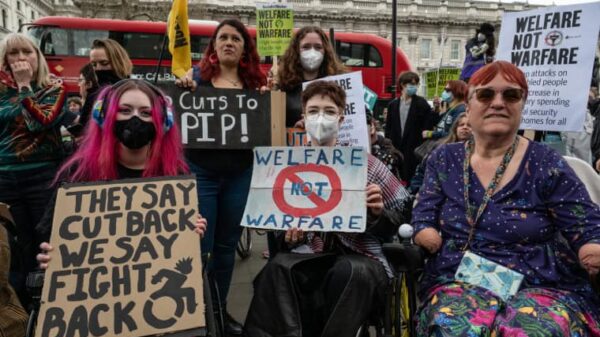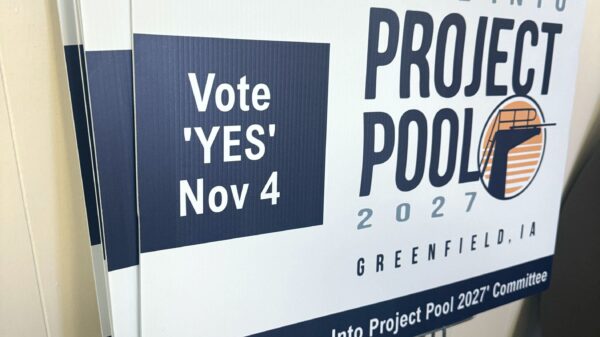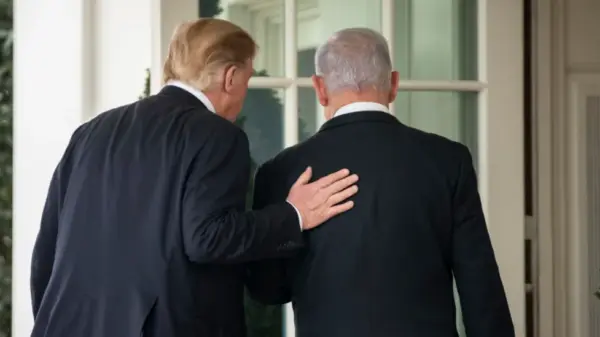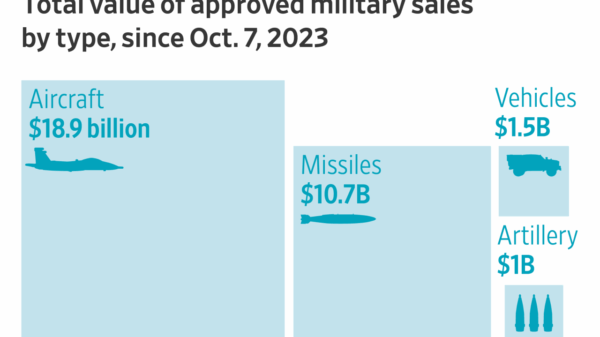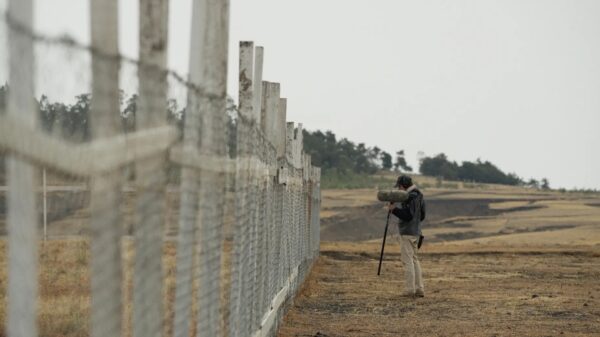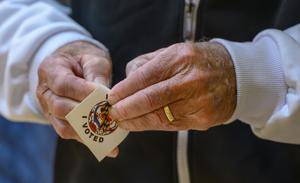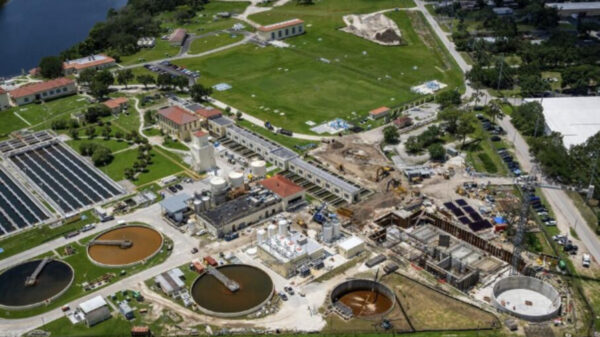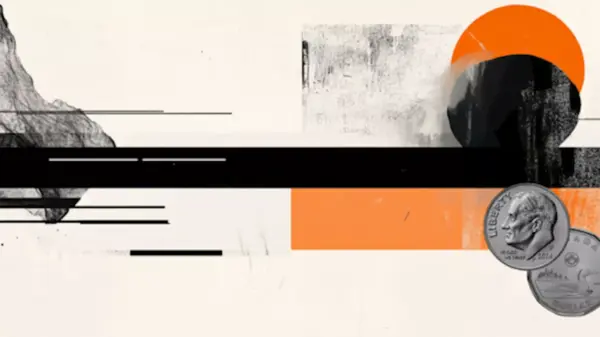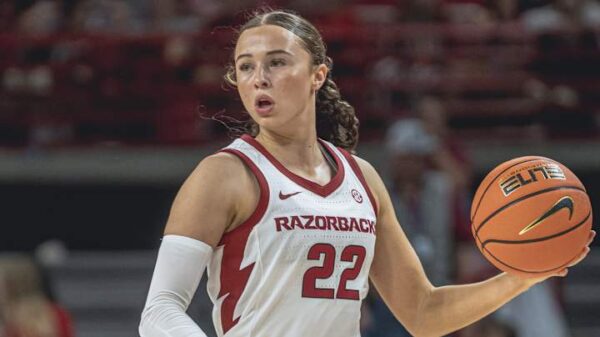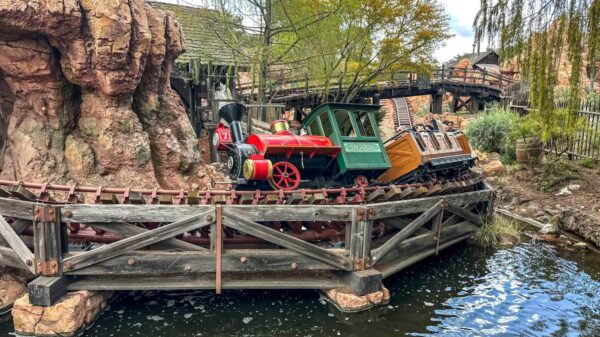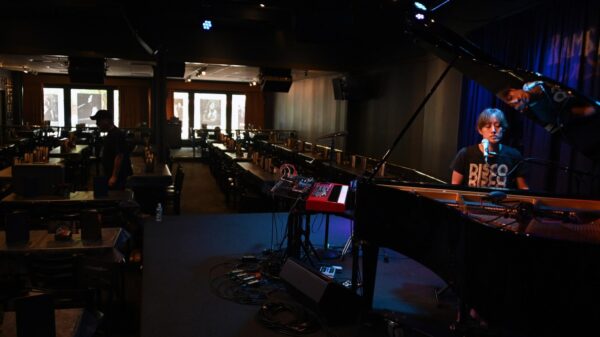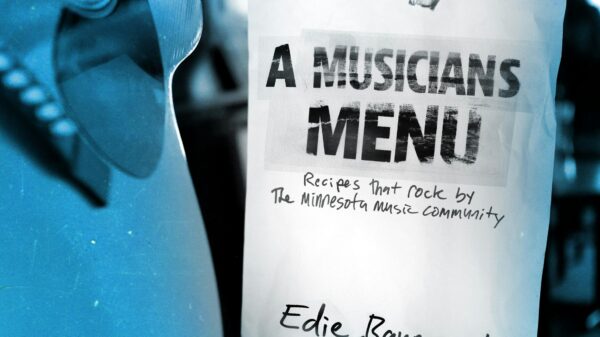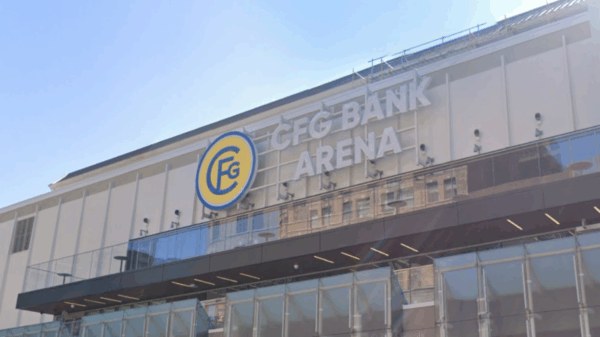Tasmania has concluded its state election, marking the second poll in just 16 months, the shortest interval between elections in Australia since Queensland in 1957. With nearly 75% of ballots counted, the Labor Party secured only 26% of the vote, while the Liberal Party, led by Jeremy Rockliff, garnered 40%. This election results in a minority government, reflecting a trend of declining support for major parties in the region.
The election was triggered by Labor’s no-confidence motion against Rockliff’s minority government, citing issues related to budget management and proposed asset sales. Despite these concerns, Labor’s campaign struggled to resonate with voters. Their budget repair proposals appeared modest, and their stance against asset sales conflicted with plans to divest from the Marinus Link project, a proposed undersea electricity connector.
Conversely, the Liberal Party pivoted from a stance favoring privatization to proposing a government-owned insurance company, a move that drew criticism from industry experts but appealed to small business concerns. This shift monopolized media attention during the campaign, impacting public perception.
The election results also highlighted a notable increase in independent candidates, with a record 44 independents contesting seats, likely influenced by the absence of the Jacqui Lambie Network. Prominent independents like Kristie Johnston, Craig Garland, and David O’Byrne performed well in their constituencies, although many other independents did not secure significant support.
Despite the challenges, Rockliff’s government gained a seat in Braddon, a region previously won by Labor in the federal election. However, it narrowly lost a seat in Franklin to anti-salmon-farming campaigner Peter George. The final distribution of seats remains uncertain, as the Hare-Clark proportional representation system complicates majority formations. Each of Tasmania’s five federal electorates elects seven members to the 35-seat House of Assembly, making majority governments increasingly difficult to achieve.
Historically, minority governments tend to lead to majorities for the opposing party in subsequent elections. Yet, polling indicated that neither major party was close to achieving a majority this time around. With the major parties’ vote shares continuing to decline, non-majority parliaments may become the new norm in Tasmania.
Rockliff has expressed his intention to seek a renewal of his commission from the governor. By precedent, he is expected to receive this, although he must establish that he has the support of at least 18 members for confidence and supply. Should he fail to secure the necessary backing, he may challenge the parliament to vote him out, potentially leading to another no-confidence motion against Labor leader Dean Winter.
Labor, despite its disappointing performance, could still form a government by aligning with the Greens and left-leaning independents, potentially securing 18 or 19 seats. However, such a coalition raises questions about legitimacy, especially given Labor’s current standing after the latest election loss. If Labor were to assume power without having campaigned for it, the perception of their governance could be undermined.
As Tasmania navigates these political waters, the implications of the recent election will reverberate throughout the region. The state faces significant challenges, including a debt crisis and pressing issues such as native forest logging and salmon farming, which the new government will need to address in order to gain the trust of its constituents. The future of Tasmanian politics remains uncertain as voters adapt to the evolving landscape.



